Ep. 310 | The History of Taiwan (Part 1)
No topic gets requested more than the history of Taiwan. In this first of a multi-part series, Laszlo looks at the geologic formation of the island and Taiwan's prehistoric past. How the indigenous Austronesian people of Taiwan migrated throughout the South Pacific, the South China Sea, and beyond is also introduced. Several encounters between native people living in Taiwan and visitors from Fujian took place during the Three Kingdoms era and in subsequent dynasties. This will also be looked at. Part 1 will take the story up to the Ming Dynasty.
Listen On Your Favorite Podcast Player
Terms in Episode
| Pinyin/Term | Chinese | English/Meaning |
|---|---|---|
| Jíjí Earthquake | 集集地震 | Also known as the 1999 Jiji Earthquake that occured 1:47 local time on 21 September 1999. 2,415 people were killed in this quake. |
| Nántóu County | 南投县 | Second largest county in Taiwan located in the central part of the island |
| Táidōng | 台东 | Also known as Taitung City. Taidong is located on the southeast coast of Taiwan |
| Fujian Province | 福建省 | Coastal province in China located on the opposite side of the Taiwan Strait from Taiwan |
| Taipei | 台北 | Popularly known as Taipei, it's also written in Pinyin as Táiběi. Today the largest city in Taiwan |
| Táoyuán | 桃源 | A special municipality located in northwestern Taiwan, just to the west of Taipei |
| Xīnzhú | 新竹 | Also known as Hsinchu, it's a city located on the northwest coast of Taiwan |
| Táizhōng | 台中 | Also known as Taichung, the second most populous city on Taiwan, located in central Taiwan |
| Jiāyì | Also known as Chiayi City, Jiayi is located in southwest Taiwan midway between Taizhong and Tainan | |
| Táinán | 台南 | Located on the southwest coast of Taiwan, this is where the earliest recorded history began with the arrival of the Dutch in 1624. Tainan was where the Dutch built Fort Provintia and Fort Zeelandia |
| Gāoxióng | 高雄 | Major city in Taiwan south of Tainan, near the southernmost point of the island |
| Yǎngsháo | 仰韶文化 | A Neolithic Culture in northern China that lasted approximately 5000 - 3000 BC |
| Lóngshān | 龙山文化 | A Neolithic Culture in northern China that lasted approximately 3000 - 1900 BC |
| Èrlǐtóu | 二里头文化 | A Neolithic Culture in northern China that lasted approximately 1750 - 1530 BC |
| Xià Dynasty | 夏朝 | Some suggest the Xia Dynasty and Erlitou Culture are related. It was a mythical dynasty in China that lasted roughly 2070-1600 BC |
| Bǎiyuè | 百越 | The "Hundred Yue". These were a number of tribes that populated China south of the Yangzi River. |
| Yuán | 元朝 | The Yuan Dynasty founded by Kublai Khan. It lasted 1271-1368 |
| Míng | 明朝 | The Ming Dynasty, founded by Zhu Yuanzhang. It lasted 1368-1644 |
| Dàbĕnkēng Culture | 大坌坑文化 | An early Neolithic culture that first appeared in northern Taiwan between 4000 and 3000 BC and quickly spread around the island |
| Pénghú | 澎湖 | Also popularly known as the Pescadores Islands. This is an archipeligo of 90 islands in the Taiwan Strait covering an area of 141 square km. The largest city is Magong |
| Guǎngzhōu | 广州 | Capital of Guangdong province |
| Pānyú | 番禺 | District of Guangzhou and site of the earliest history of the city |
| Nánhǎi | 南海 | Literally means South Seas. Refers to the South China Sea and the smaller seas adjacent to this body of water. |
| Yáo | 尧 | Mythical Chinese ruler who reigned for 99 years during the third millenium BC |
| Shùn | 舜 | Another mythical ruler who succeeded Yao. He lived in the late 3rd millenium |
| Píngdōng County | 屏东县 | A county in southernmost part of Taiwan |
| Yuánzhùmínzú | 原住民族 | Indigenous people |
| Gāoshān People | 高山族 | The indigenous people who inhabited the mountains of Taiwan |
| Píngpǔzúqún | 平埔族群 | The Plains Indigenous People |
| Sānguózhì | 三国志 | The Record of the Three Kingdoms |
| Sūn Quán | 孙权 | One of the principle characters from the Three Kingdoms Period. He went from being King of Wu in 222 AD and Emperor of Eastern Wu in 229. He died in 252 |
| Eastern Wú | 东吴 | One of the three major states of the Three Kingdoms Period. The other two were Cao Wei and Shu Han. |
| Wèi Wēn | 卫温 | One of the officials Sun Quan sent to locate the islands of Yizhou and Danzhou |
| Zhūgě Zhí | 诸葛直 | The other official who accompanied Wei Wen to locate the islands of Yizhou and Danzhou |
| Yízhōu | 夷洲 | an ancient barbarian country, possibly Taiwan or among the Ryukyu Islands |
| Dǎnzhōu | 亶洲 | Mythical island sought by emperors where a certain elixir of life was to be found |
| Qín Shǐhuáng | 秦始皇 | First emperor of China and founder of the Qin Dynasty |
| Xú Shì | 徐市 | The one who was once sent by Qin Shihuang to find this Island of the Immortals |
| Zhūyá | 珠崖 | Ancient name of Hainan |
| Hǎinán | 海南 | Island province off the coast of southwest Guangdong |
| Chén Shòu | 陈寿 | Author of The Record of the Three Kingdoms |
| Suí | 隋朝 | The Sui Dynasty 581-618 |
| Táng | 唐朝 | The Tang Dynasty 618-907 |
| Sòng | 宋朝 | The Song Dynasty 960-1279 |
| Emperor Yáng | 隋炀帝 | The second and final Emperor of the Sui Dynasty, also known as Sui Yangdi |
| Liúqiú | 琉球岛 | Name given to islands that may have been Taiwan or may have been the Ryukyu Islands to Taiwan’s north |
| Suí Yángdì | 隋炀帝 | See above Emperor Yang |
| Shī Jiānwú | 施肩吾 | Tang poet immortalized thanks to one of his poems being included in the Tángshī Sānbǎi shǒu 唐诗三百首 or Three Hundred Tang Poems. He retired to Pénghú and played up the merits of the place |
| Tángshī Sānbǎi shǒu | 唐诗三百首 | Three Hundred Tang Poems, one of the best known anthologies of great poems from the Tang Dynasty |
| Táng Emperor Xiànzōng | 唐宪宗 | Tang emperor who reigned 805-820 |
| Hokkien | 福建 | Fujian people, also called Hoklo, the Hokkien came from the southern part of Fujian as opposed to the Hokchiu who came from the north |
| Hakka | 客家 | A Han Chinese subgroup whose ancestral homes are chiefly in the Hakka-speaking provincial areas of Guangdong, Fujian, Jiangxi, Guangxi, Sichuan, Hunan, Zhejiang, Hainan, Guizhou in China, as well as in parts of Taiwan. Unlike other Han Chinese subgroups, the Hakkas are not named after a geographical region in China. The word Hakka or "guest families" is Cantonese in origin and originally refers to the Northern Chinese refugees fleeing social unrest, upheaval and invasions in northern parts of China who migrated to the south. |
| Guǎngdōng | 广东 | Province in southern China, Guangzhou is the capital |
| Southern Sòng Emperor Xiàozōng | 宋孝宗 | Emperor who reigned during the Southern Song from 1162-1189 |
| Quánzhōu | 泉州 | City in southern Fujian |
| Wōkòu | 倭寇 | Japanese pirates operating in Chinese coastal waters from the 14th to 16th centuries |
| Wāng Dàyuān | 汪大渊 | From 1328 to 1333 he traveled throughout the South China Sea, Java Sea, Andaman Sea, Bay of Bengal and the Arabian Sea…three hundred years before Admiral Zhèng Hé. And he wrote about every place that he visited |
| Dǎo Yí Zhì Lüè | 岛夷志略 | “A Brief Account of Island Barbarians”, written by Wang Dayuan |
| Qī Jìguāng | 戚继光 | 1528-1588, great military leader and Great Wall builder who lived during the Ming |
| Chén Dì | 陈弟 | 1541-1617, Ming philologist, official and traveler who wrote "A Brief Account of Island Barbarians" |
| Shěn Yǒuróng | 沈有容 | 1557-1627, Ming Dynasty general |
| Jīnmén | 金门 | Known as Quemoy in the West, it's a small group of islands 6.2 miles off the coast of Xiamen and 116 miles from Taiwan |
| Xiàmén | 厦门 | Major city in southern Fujian, also known as Amoy |
| Dōng Fān Jì | 东番记 | “An Account of the Eastern Barbarians”, hailed as the first detailed account of Taiwan’s indigenous people, their language, customs, description of their person, their society and all kinds of other interesting observations |
| Yí | 夷 | Ancient barbarian tribes |
| Xīlāyǎ | 西拉雅族 | The Siraya People, who were among the píngpǔ 平埔族 or Plains Aborigine People who lived in the west of Taiwan in the lowlands and coastal plains |
| Taiouwang | 台湾 | The name given to the island of Taiwan by the Siraya People |








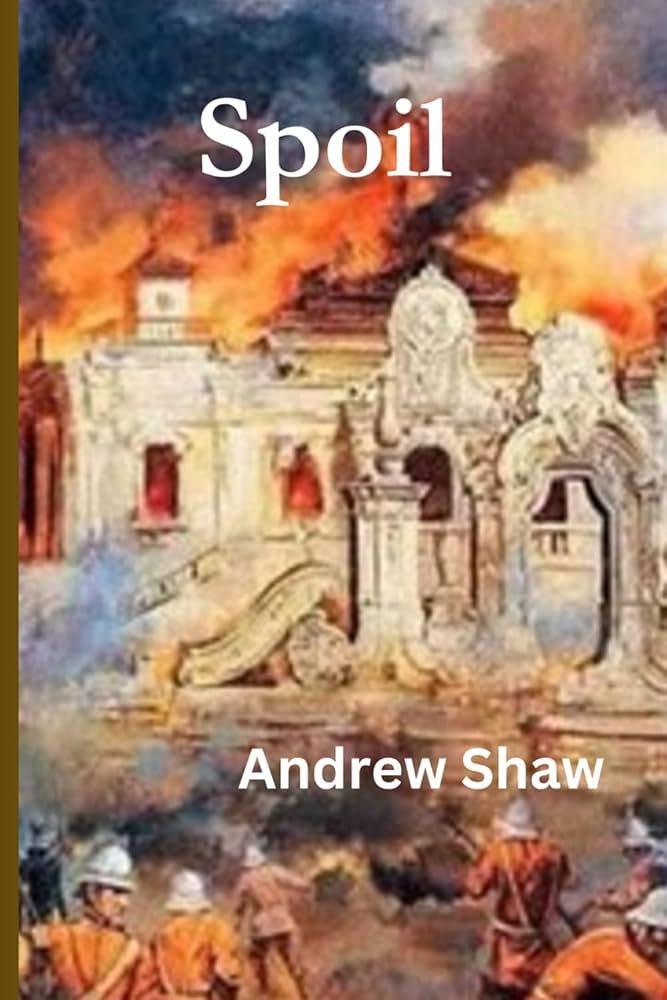


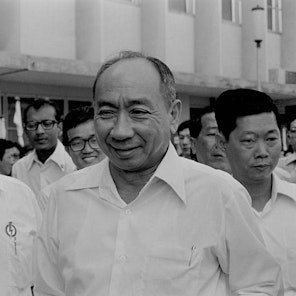

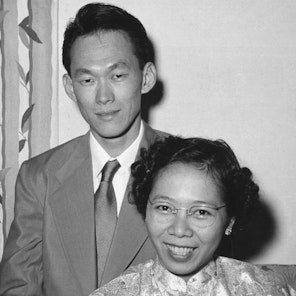
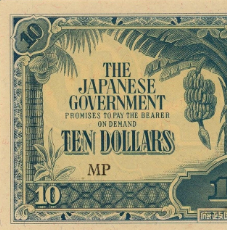
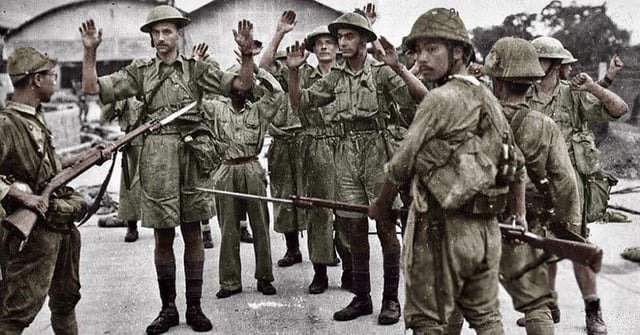
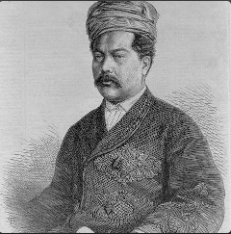
Former BBC reporter and master jade carver Andrew Shaw is back. What an informative interview this one turned out to be!